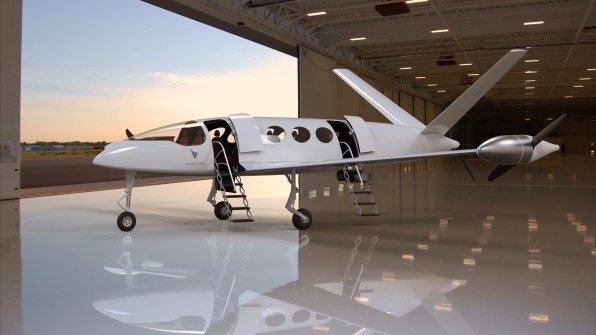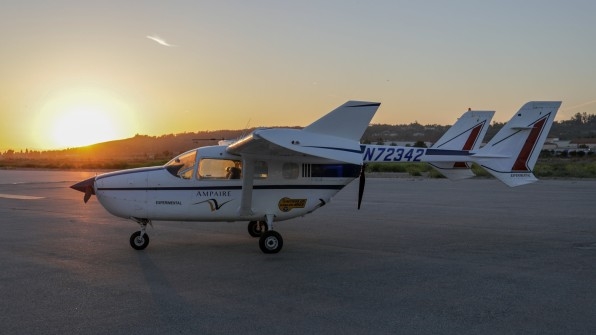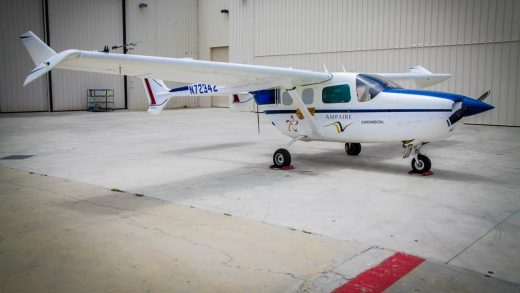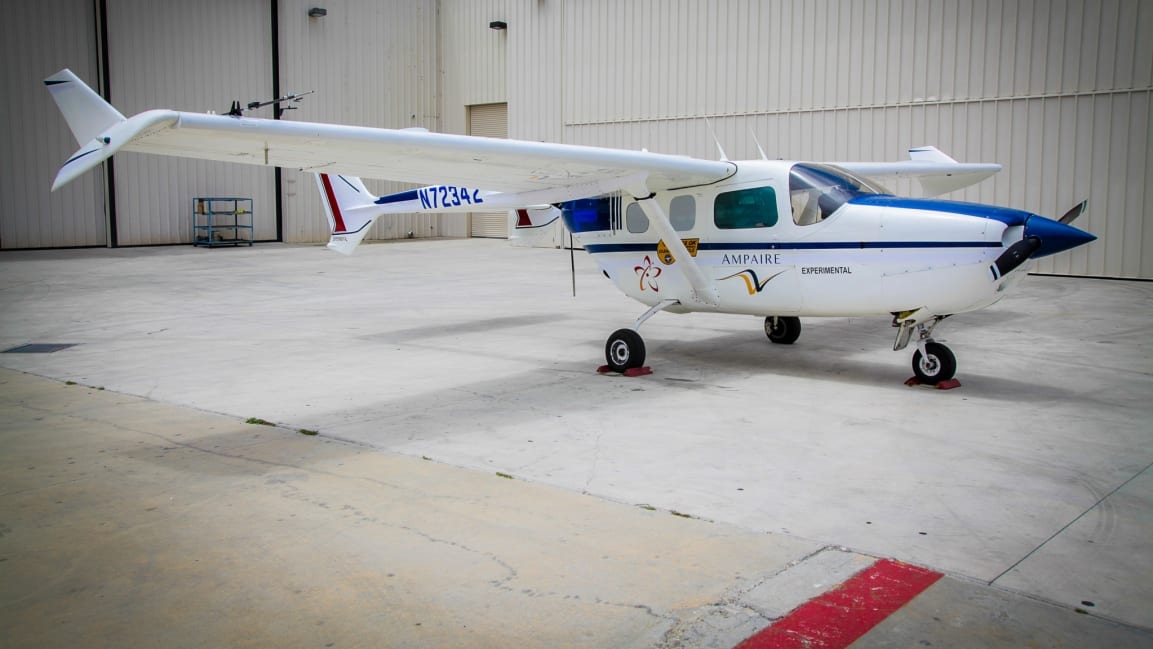What’s the path forward for electric planes?
At the recent annual meeting of world airline leaders in Seoul, it was clear that something in the environment had changed. Whereas the airline industry has been expressing concern about sustainability for over a decade, today, it seems, sustainability has actually become one of the industry’s top priorities. Even while endorsing a UN-led carbon reduction scheme for international aviation called CORSIA, the airline association already committed to implementing the next set of measures, with a focus on transitioning to sustainable energy for flight.
Against this backdrop, it was timely that last month Cape Air announced an order for Eviation’s all-electric Alice aircraft, a nine-seat passenger aircraft expected to ship just three years from now. We are truly at the dawn of a new era for electric aviation.

Or are we? Of the handful of electric aircraft ventures geared toward commercial transport, Eviation’s success highlights just how challenging it is to bring e-aircraft into commercial service. Earlier this year, Zunum Aero, developer of a short-haul hybrid commuter airliner backed by Boeing and JetBlue’s technology ventures, admitted it is having trouble raising a new round of financing. Wright Electric, the third big name in this space, has talked of bringing a larger but very short-haul electric aircraft to market by 2027 in “partnership” with easyJet—but it’s the kind of partnership that doesn’t actually require easyJet to buy planes or put up cash.
The technical obstacles to e-flight are challenging, if not insurmountable. Today—though surely not forever—the biggest issue is the weight of batteries, which, unlike jet fuel, do not get lighter during the course of the flight. Weight in turn limits the aircraft’s payload and range. Reported plans for Wright Electric’s narrow-body aircraft, for example, project a range of fewer than 300 miles, and while Eviation’s Alice goes twice as far, it only carriers nine passengers. This is perfect for Cape Air, which specializes in small flights averaging just 124 miles, but most airlines need more. Moreover, the bulk of the industry’s carbon emissions come from larger aircraft and longer routes.
Visionaries for the all-electric future, like Eviation’s Omer Bar-Yohay and Wright’s Jeff Engler, are necessary catalysts to drive technology forward. Nonetheless, 100% electric flight does not need to be the only way forward. Similar to what happened with electric vehicles on the ground, incremental solutions can make a big impact. For example, hybrid automobiles went mainstream at least two decades before widespread adoption of plug-in cars. In the U.S. last year, hybrids saved 2.8 times more carbon emissions than pure electric vehicles. Electrification of short-range fleet vehicles, such as forklifts and port-side drayage trucks, have made other early impacts.
Stops on the path toward electrification can include hybrid aircraft, in which an electric motor provides peak thrust so that the aircraft can be fitted with smaller jet engines. In its simplest form, this concept looks like Ampaire’s small Cessna, flown this month with one of the two engines replaced by an electric motor and the two engines coordinated with each other. Meanwhile, major engine-makers Rolls Royce and UTC are working on full-scale hybrid jet engine concepts.

But even without magically converting all 32,000 commercial aircraft into flying e-carpets, electrification could be a near-term solution for parts of the flight operation. Many airlines and airports have implemented ground-power solutions that replace use of the onboard electric generator that runs aircraft systems when the engines are off (this aircraft system is usually known as an auxiliary power unit or APU). The transition to ground power, well underway, can ultimately save over 200 million U.S. gallons of fuel and 1.8 million tons of CO2.
In the same way, electricity could replace jet fuel for most aircraft movement on the ground. Today, commercial aircraft use at least one jet engine to taxi across the ramp and move to and from the runway. In the U.S. alone, airlines report over 2.5 million hours of jet-aircraft taxi time per year, or approximately 10 million hours globally. Even with today’s fuel-efficient jet engines, that amounts to nearly 2.9 billion gallons of jet fuel just for ground movements.
Products on the market already, such as Wheeltug and Israel Aerospace Industries’ Taxibot, point to the potential to power aircraft movement on the ground in more than one way, such as with robotically controlled electric tugs, or electric motors directly powering aircraft wheels. These solutions are economically attractive when fuel prices are high; they are environmentally attractive at any fuel price.
What these steps all have in common is that environmental success is not simply a matter of technological advancement. In addition to the kit, increased use of ground power and robotic electric tugs will require airlines, airports, and ground handlers to make changes to the way they operate. They need to devise and implement new procedures, new coordination and communication, and new accountabilities—none of which comes easily.
Real business-process innovation is hard work, and it’s even harder on the airfield than in other realms, because of the many different parties and stakeholders at play. Airlines, handlers, airport operators, and air traffic control all have a role to play. It would be much easier to solve aviation’s sustainability problem if the technology whizzes could simply deliver all-electric aircraft tomorrow. Magic carpets would also work.
Samuel Engel is the global managing director of aviation at ICF.
(56)



